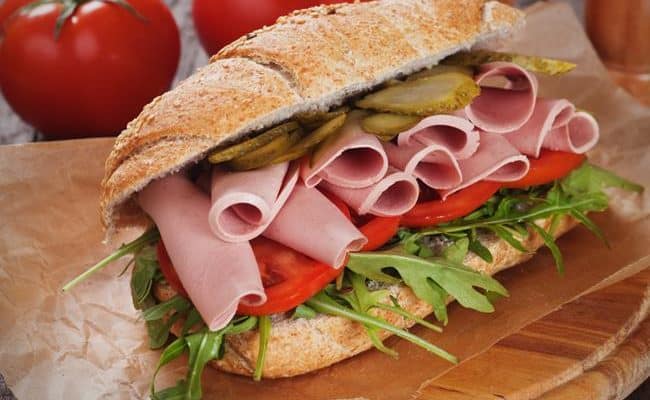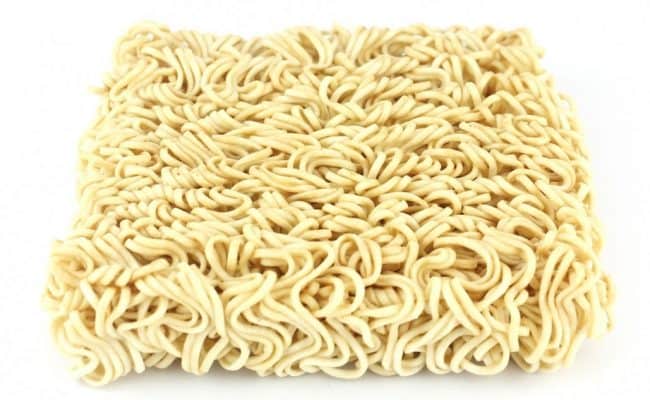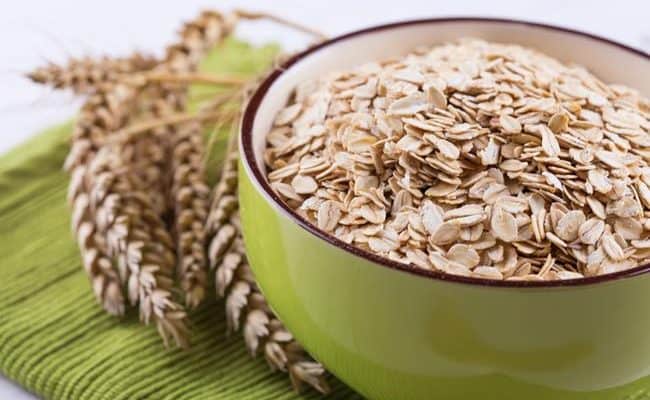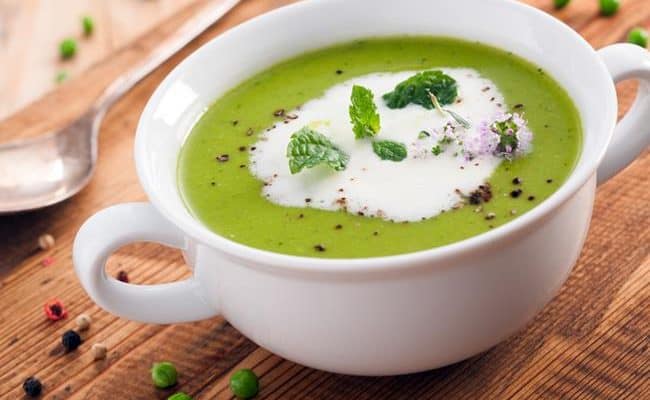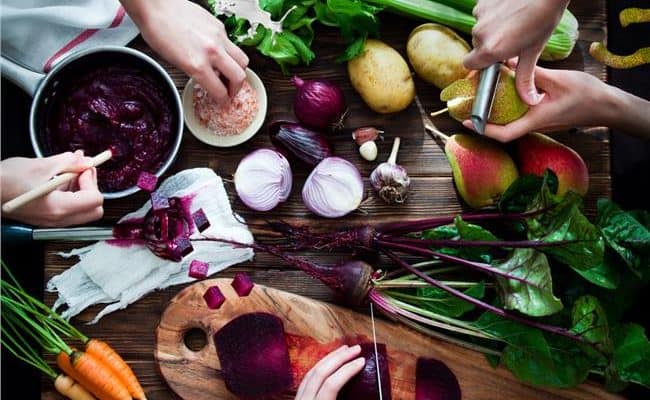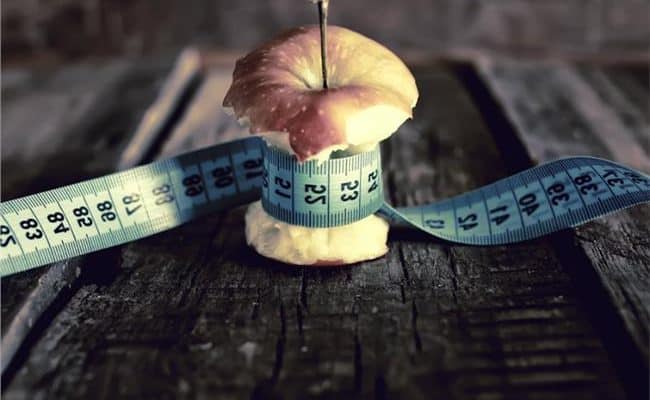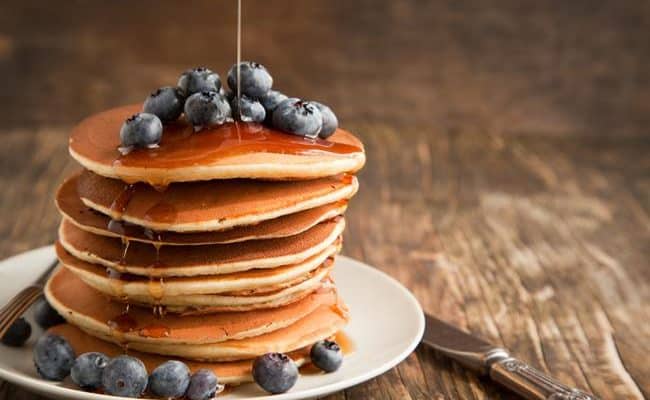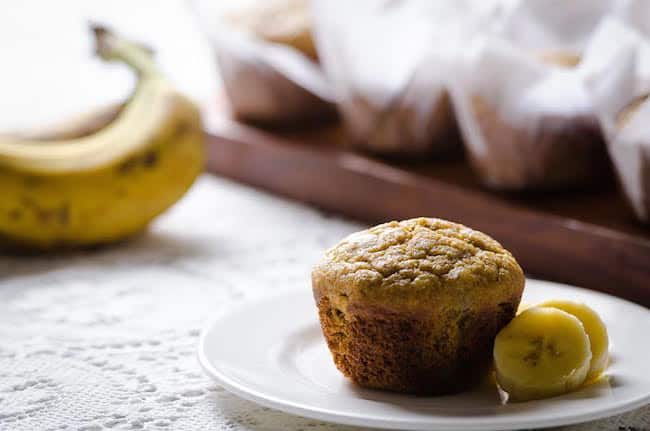
Want to eat your favourite meals, but know they are packing too big a calorie punch for regular consumption? Rather than avoiding the food you love in favour of bland healthy alternatives, try a few of these simple substitutions and techniques to cut the calories in your cooking.
1. Reduce sugar content
Many baking recipes call for large amounts of sugar, which can often be reduced with very little effect on the taste of the finished product. Try using only two thirds of the recommended sugar to reduce the calories.
Another alternative is to substitute some of the sugar with a fruit puree or sauce or add dried fruit for sweetness. This may not always cut the calories, but at least it will provide more nutritional benefit to your food in the form of fibre and vitamins.
Remember that even if sugar is in a more natural form, such as honey, it still contains just as many calories, so swapping white sugar for brown or other sweeteners will have no effect on the calorie content if the same quantity is used.
2. Reduce fat content
Fat has the most calories per gram of any of the macronutrients, so cutting back the added fat content when cooking is a sure fire way to reduce calories as well. In baking, substitutes such as apple sauce, and dairy products such as milk and yogurt may add the extra moisture needed to be able to reduce the amount of fat in the dish.
In cooking, an oil spray can be a helpful tool, as oil can be evenly distributed in a thin layer, meaning less calories are added than if it is poured on. (see also: How to cook healthier meals)
It is important to remember, however, that some fats are healthy, so by substituting an unhealthy saturated fat such as butter, for a healthier oil such as olive, you will make the dish healthier. This will not lower the calories however, as all fats contain the same amount of calories per gram.
There are lower fat versions of fats, such as spreads that have higher water content, but these often do not behave in the same way as fat when used for cooking, although they may be a viable alternative for spreading on your bread.
If you can avoid adding fat, this is the best option. For example, think about if you really need that spread of butter on the bread in your sandwich or that extra butter stirred through your pasta.
3. Add vegetables
Adding vegetables and legumes to meat dishes is a great way to cut calories, as well as lower the content of saturated fat, add fibre and nutrients. Try grating vegetables into mince dishes such as burgers or bolognaise to reduce the meat per portion. Chances are you won’t even notice the difference.
4. Substitute high fat ingredients for lower fat ingredients
By switching high fat ingredients for lower fat versions, you will automatically reduce the calories in your dishes. This is a good option for dairy products, such as milk, yogurt, cream and cream cheese, where you will probably notice no difference if a full fat or reduced fat product is used when it is added to a dish.
Cream is one of the biggest culprits for adding fat and calories to a dish, so try replacing this with fat free evaporated milk, yogurt, or reduced fat ricotta cheese to cut down the energy.
Soups, pastas and desserts can all be modified to include less cream with the addition of one of these ingredients.
5. Remove fat from meat and chicken
The fat on meat and in chicken skin is of the unhealthy saturated type. Therefore, by removing this fat before cooking you are not only cutting calories, but also reducing the fat content of the dish.
When possible choose lean cuts of meat to get the most nutrients from the fewest calories, and avoid more processed meats such as mince, (unless it is very low in fat), salami and lunch meats and these are higher in fat and calories.
6. Use fish tinned in water
Just by choosing fish and other canned products that are packed in water instead of oil, you are reducing the calories of the dish. Water tends to be a better alternative to brine as well, as this is higher in salt.
7. Choose stronger tasting cheeses and use less.
Low fat versions of hard cheeses are generally a poor comparison to the real thing in terms of flavour.
So instead of going down the low fat route here, it might be more satisfying to use a stronger flavoured cheese, for example an aged cheddar or parmesan and simply use a bit less than you would usually to reduce the calories but still get great flavour.
8. Use low fat cooking techniques
Be creative with your cooking and try different methods that require less fat for calorie reduced versions of your favourites.
For example, try oven roasting French fries and chicken rather than frying them or cook fish on a hot grill, roasted in foil in the oven or on a bbq, where much less oil is needed and flavour is still very good.
Boiling, steaming and poaching are also great low fat cooking methods.
9. Reduce portion sizes of carbs and increase vegetables
By simply adding a few extra veggies to a dish and reducing the carbohydrate portion, you can easily cut a good amount of calories. Serve pasta with chunky vegetables such as zucchini or broccoli to replace some of the pasta with the sauce, or make a noodle free lasagne, using eggplant slices instead of the pasta sheets.
10. Use herbs and spices for flavour
If you usually add generous portions of fat or salt to a meal to improve the flavour, get creative to find interesting ways to spice up dishes without adding extra calories.
Fresh and dried herbs and spice are an excellent way to add flavour, with no effect on the energy content of the meal.
Enjoy!
